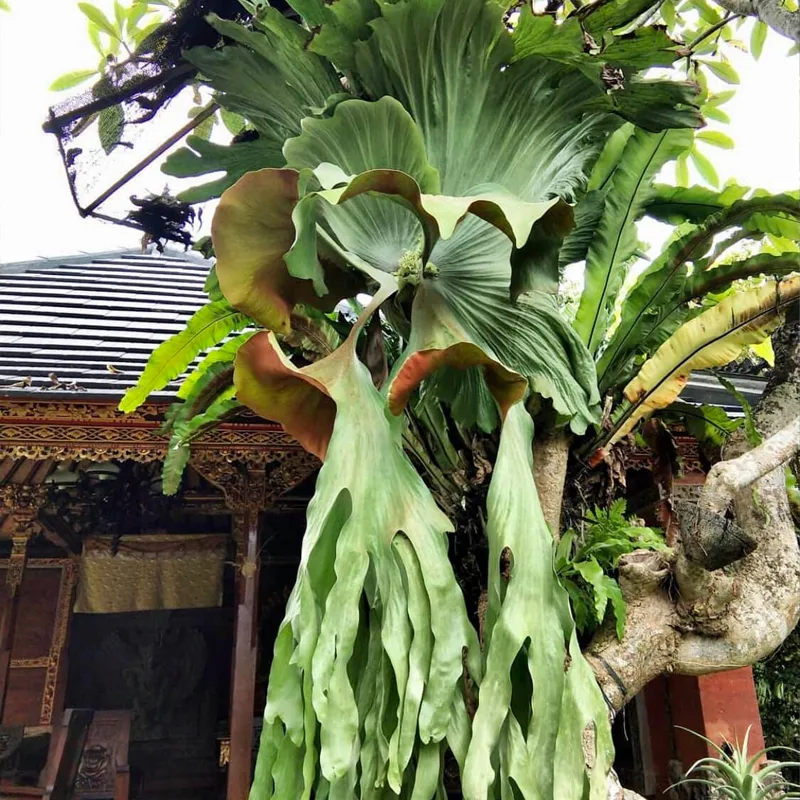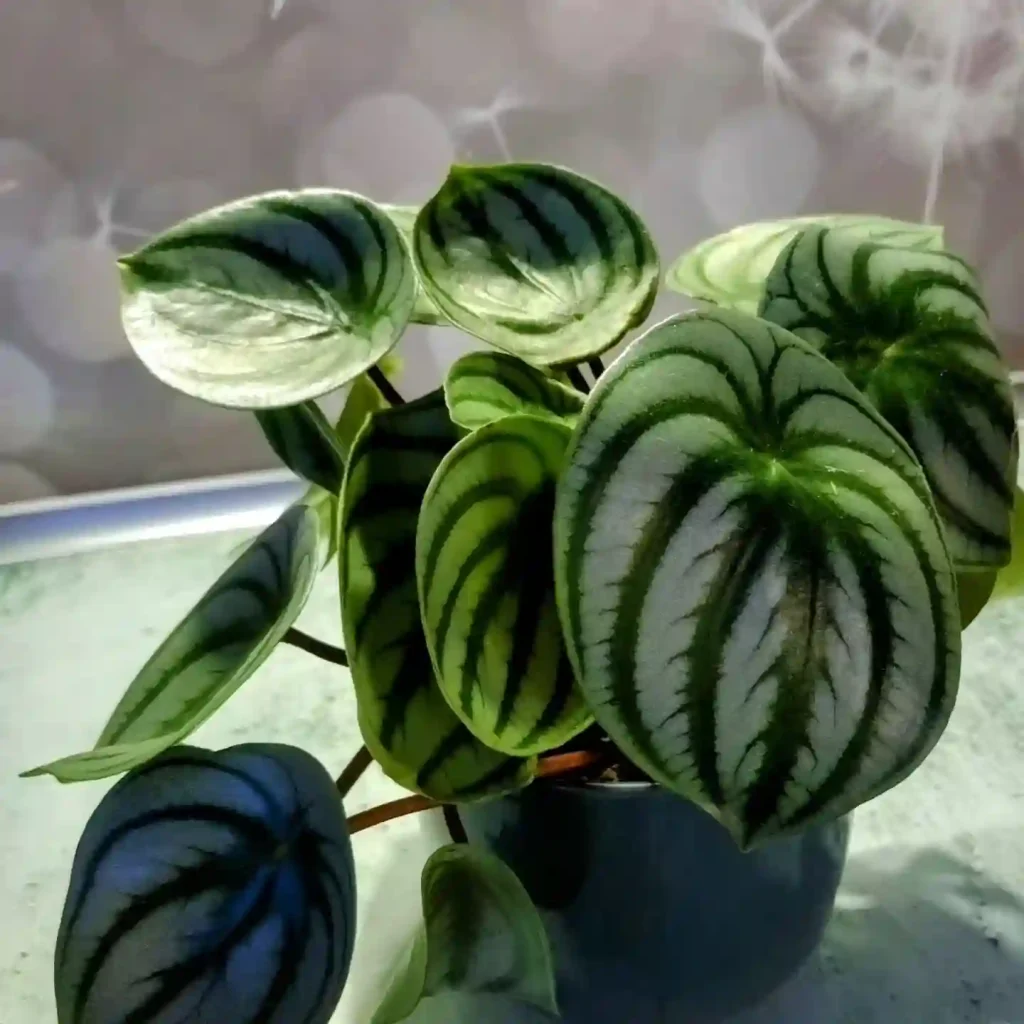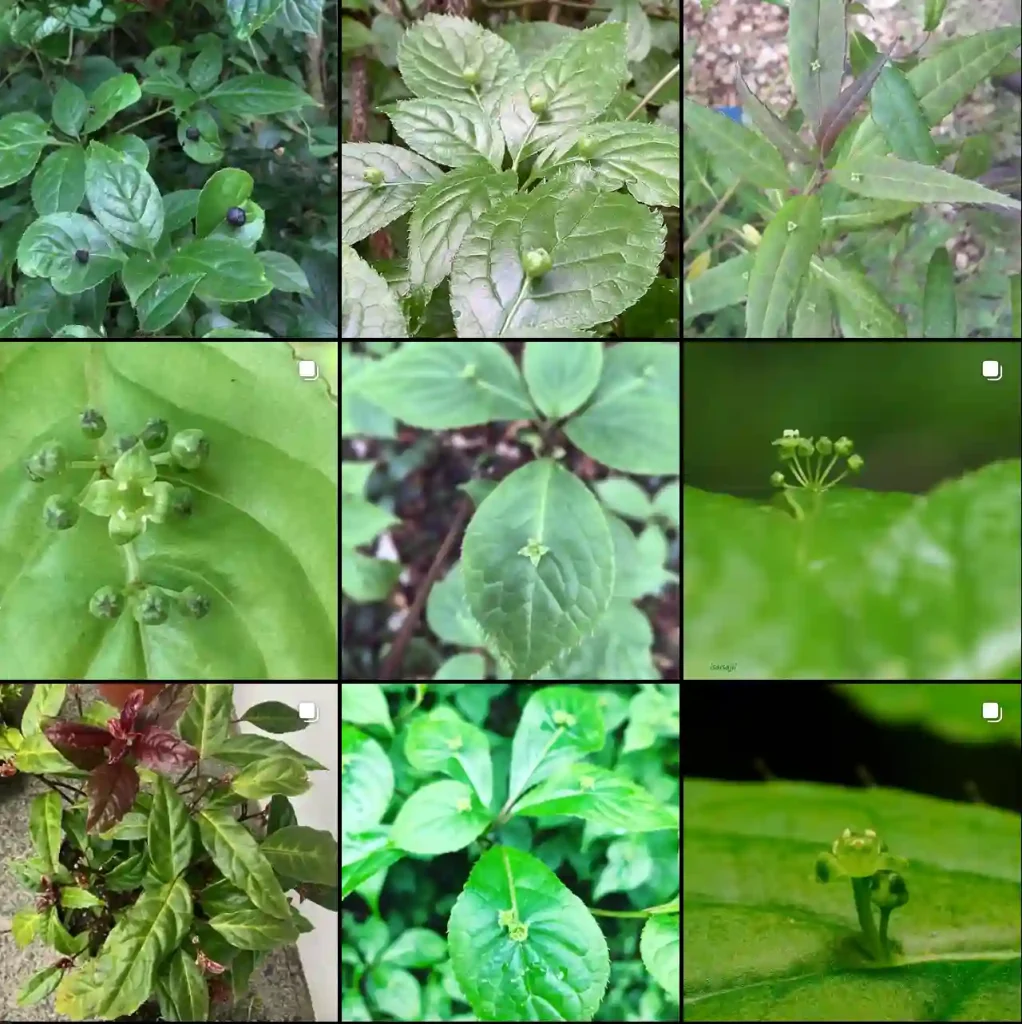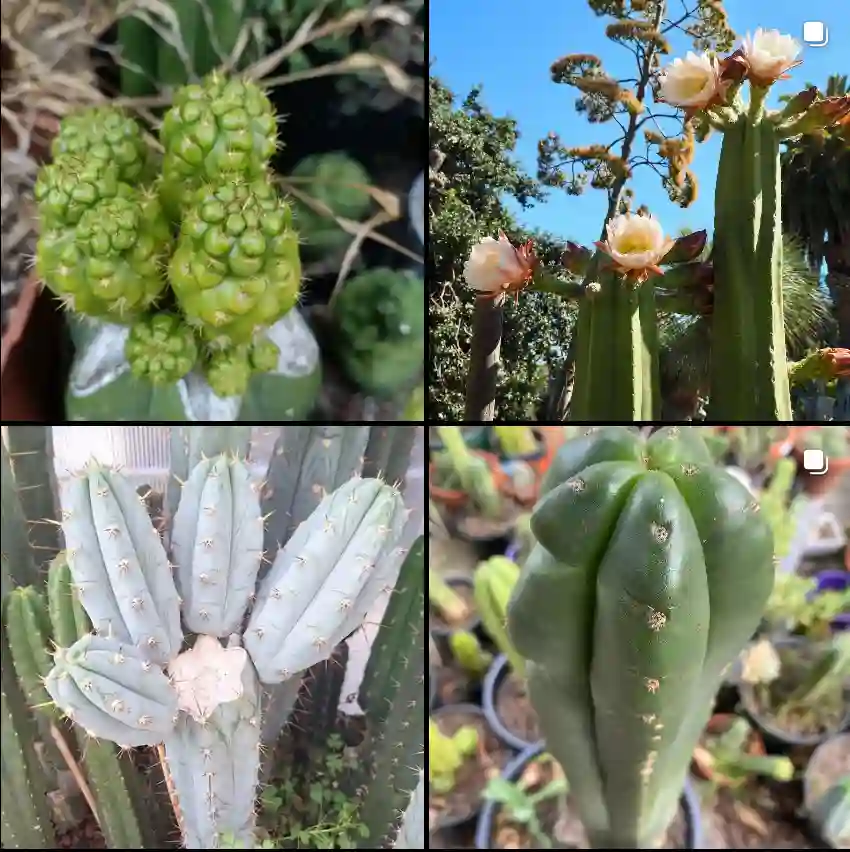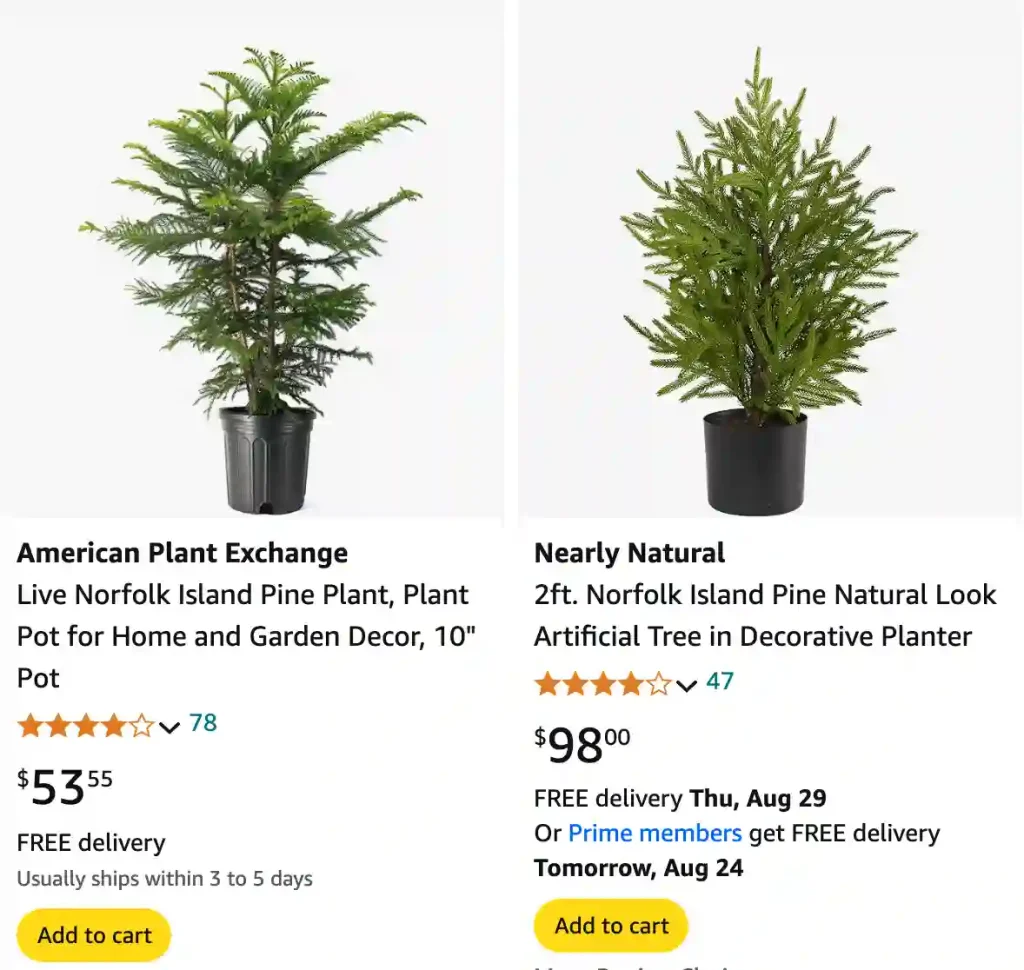
FAQs About Norfolk Island Pine: Everything You Need to Know
Norfolk Island Pine is a unique and striking plant that brings a touch of the exotic into our homes and gardens. As someone who has grown and cared for these beautiful trees, I’ve encountered many questions about them. Let me share some insights and answer the most frequently asked questions about Norfolk Island Pine.
20 Species in Genus Araucaria
What Is Norfolk Island Pine?
Norfolk Island Pine, scientifically known as Araucaria Heterophylla, is an evergreen conifer native to Norfolk Island in the South Pacific. Despite its name, it’s not a true pine but a member of the Araucariaceae family. Its lush, symmetrical branches and soft, needle-like foliage make it a popular choice for indoor decoration, especially during the holiday season.
How to Care for Norfolk Island Pine?
Caring for a Norfolk Island Pine involves understanding its needs and preferences. Here’s what I’ve learned from personal experience:
- Light: Norfolk Island Pines thrive in bright, indirect light. They can tolerate some direct sunlight, but too much can cause leaf burn.
- Water: Keep the soil consistently moist but not soggy. Allow the top inch of soil to dry out before watering again. Overwatering can lead to root rot.
- Humidity: These trees prefer high humidity. If you live in a dry climate, consider using a humidifier or placing the plant on a pebble tray filled with water.
- Temperature: They like temperatures between 60-75°F (15-24°C). Avoid placing them near drafts or heating vents.
How to Save a Dying Norfolk Island Pine?
If your Norfolk Island Pine is struggling, here’s how to potentially revive it:
- Check for Pests: Examine the plant for signs of pests like spider mites or scale insects. Treat infestations with appropriate insecticides or natural remedies.
- Adjust Watering: Ensure you’re not over or underwatering. Check the soil moisture and adjust your watering routine as needed.
- Improve Light and Humidity: Make sure the plant is getting enough light and humidity. If the air in your home is dry, increase humidity levels around the plant.
How Big Do Norfolk Island Pines Get?
In their native habitat, Norfolk Island Pines can reach up to 200 feet (60 meters) tall. However, when grown indoors, they typically remain much smaller, reaching heights of 2 to 6 feet (0.6 to 1.8 meters). With proper care, they can grow quite well in a pot, but their size will be limited compared to their outdoor counterparts.
Is Norfolk Island Pine Toxic to Cats?
No, Norfolk Island Pine is not considered toxic to cats. If your cat chews on the plant, it may cause mild gastrointestinal upset, but it’s generally not harmful. However, it’s always a good idea to monitor your pets and keep plants out of their reach if you’re concerned.
Can a Norfolk Island Pine Be Planted Outdoors?
Yes, Norfolk Island Pine can be planted outdoors in suitable climates. They’re hardy in USDA zones 9-11, which means they can be grown outside in warmer areas where temperatures don’t drop below freezing. In colder regions, they’re best kept as indoor plants or brought inside during winter.
How to Prune a Norfolk Island Pine?
Pruning Norfolk Island Pine is straightforward:
- Timing: Prune during the spring or early summer when the plant is actively growing.
- Technique: Remove any dead or yellowing branches. To shape the tree, trim back the tips of the branches, but avoid cutting too much, as the plant grows slowly.
- Tools: Use clean, sharp pruning shears to avoid damaging the plant.
Is Norfolk Island Pine Toxic to Dogs?
No, Norfolk Island Pine is not toxic to dogs. Similar to cats, dogs might experience mild digestive issues if they chew on the plant, but it is generally safe. As with any plant, keeping it out of reach of pets is a good practice.
Norfolk Island Pine vs. Cook Pine
Norfolk Island Pine (Araucaria heterophylla) and Cook Pine (Araucaria columnaris) are often confused due to their similar appearances. Norfolk Island Pine has a more symmetrical, dense foliage with softer needles, while Cook Pine has a more open, loose arrangement of leaves and tends to grow taller in the wild.
Norfolk Island Pine vs. Marchantia
Marchantia is a type of liverwort, not a conifer. Norfolk Island Pine is a tree-like plant with needle-like foliage, while Marchantia is a low-growing, ground-covering plant with a very different appearance and growth habit. They are not related and serve different purposes in gardening and landscaping.
Norfolk Island Pine vs. Norway Pine
Norway Pine, also known as Red Pine (Pinus resinosa), is a true pine species native to North America. It has long, slender needles and produces cones. In contrast, Norfolk Island Pine has a more tropical appearance, with shorter, softer needles and a different growth pattern. They are from different families and have distinct care requirements.
Common Problems and Solutions
Here are some common issues you might face with Norfolk Island Pine and how to address them:
- Yellowing Needles: Often caused by overwatering or poor drainage. Ensure proper watering and improve soil aeration.
- Brown Tips: Usually due to low humidity or dry air. Increase humidity levels around the plant.
- Leggy Growth: Can result from inadequate light. Move the plant to a brighter location.
Benefits of Norfolk Island Pine
Besides its ornamental value, Norfolk Island Pine can improve indoor air quality. Its lush foliage helps to increase humidity and can contribute to a more pleasant indoor environment.
In summary, Norfolk Island Pine is a beautiful and adaptable plant that can thrive indoors with the right care. Whether you’re looking to brighten up your home or add a touch of the tropics to your garden, understanding its needs will help ensure it remains a vibrant and healthy part of your space.
If i die, water my plants!
